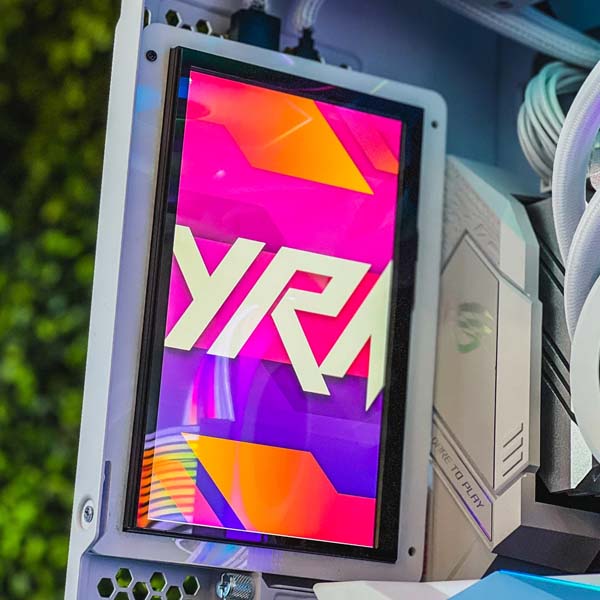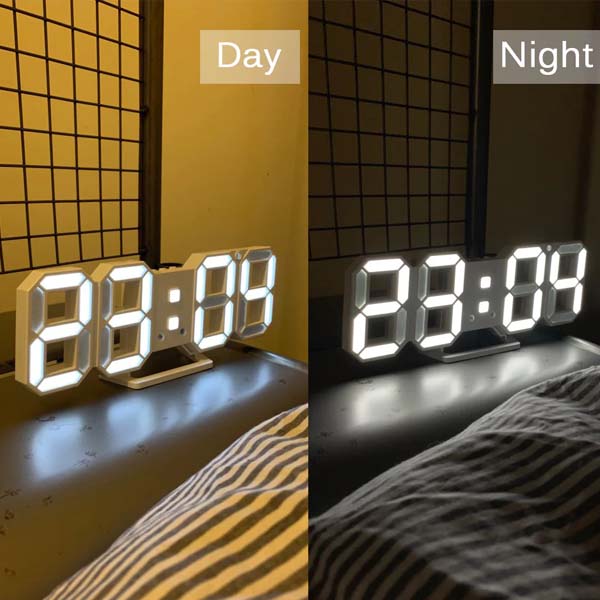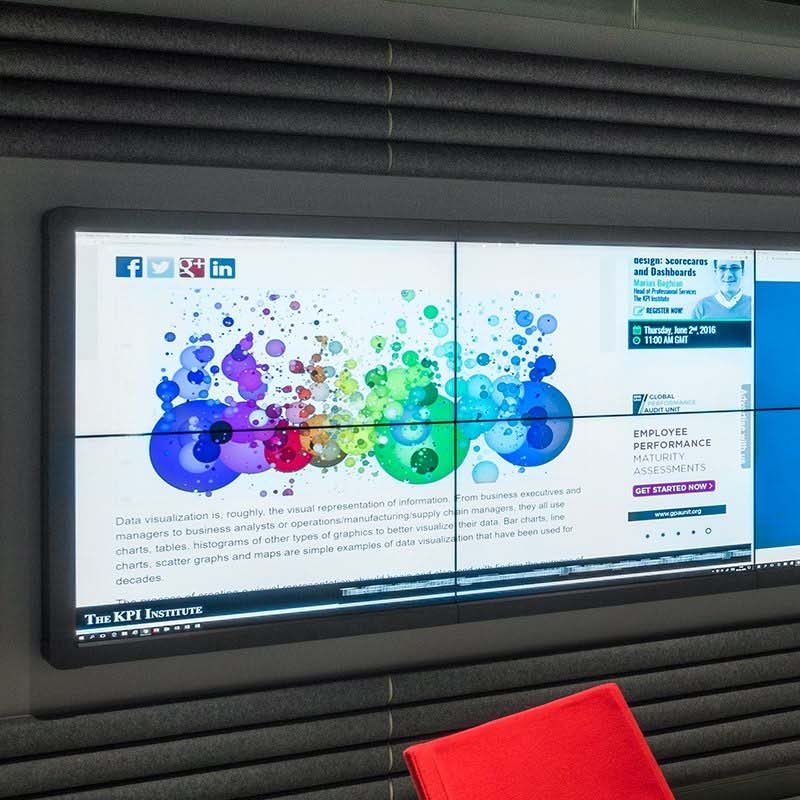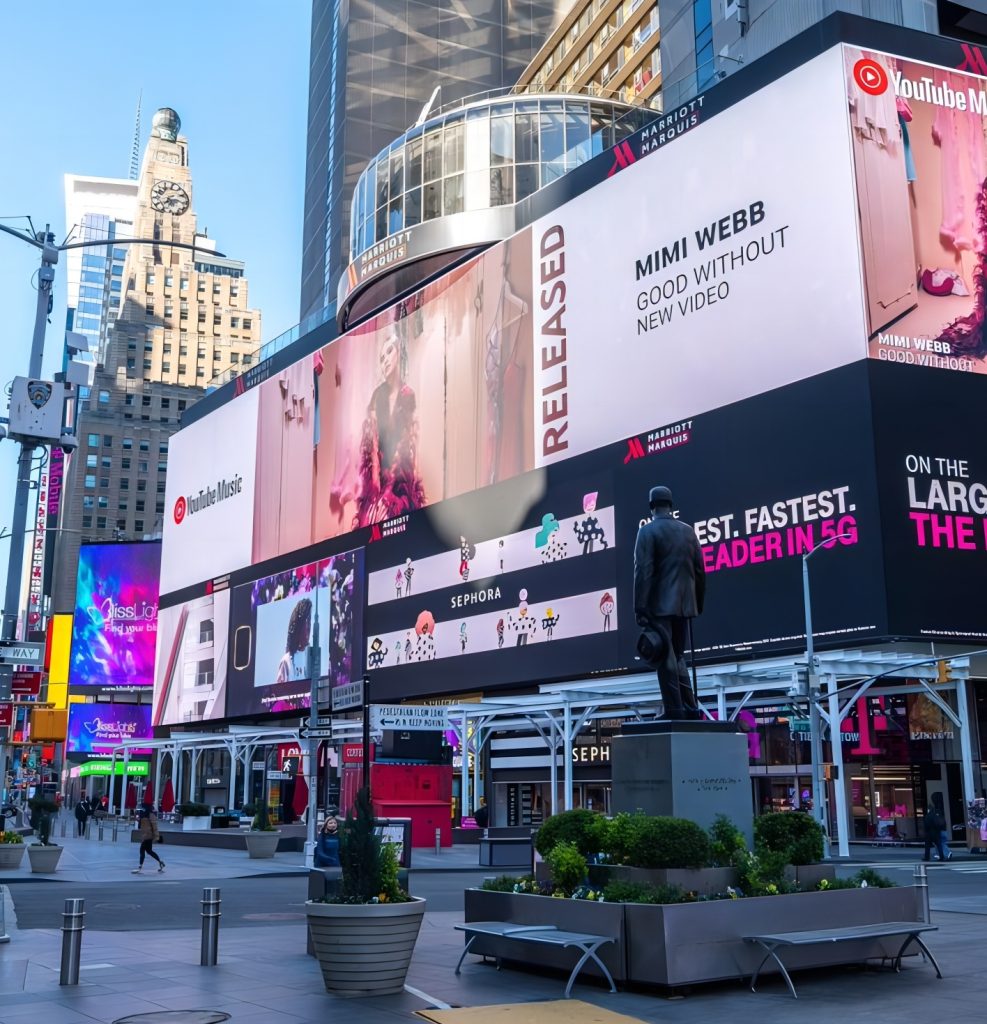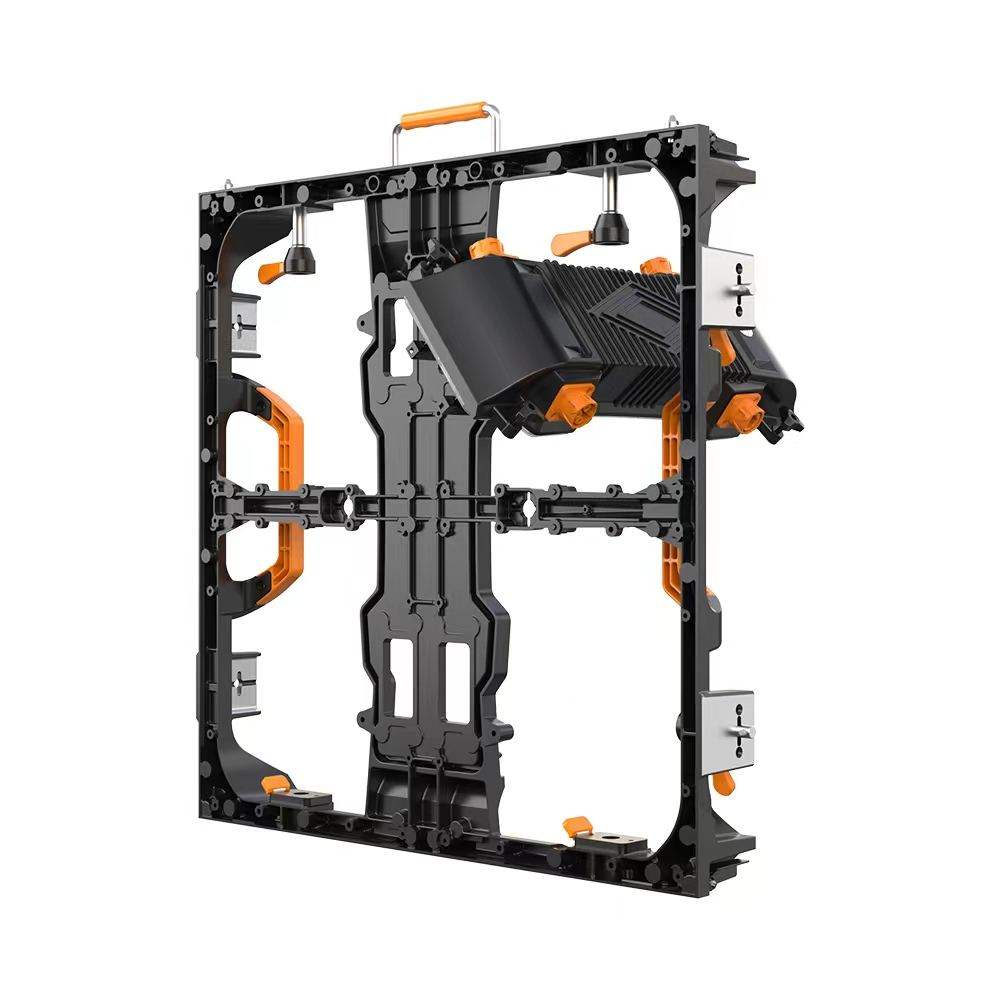In the current context of the growing demand for digital information dissemination, smart LED displays, with their characteristics of flexible interaction, intelligent control, and efficient display, have become the core carriers in fields such as commercial display, public services, and industrial applications. From smart shopping – guide screens in malls, information boards in smart campuses, to industrial visual command centers and large – screen displays in intelligent meeting rooms, smart LED displays play an important role in various scenarios with their strong functional expand ability and intelligent experience. Next, we will comprehensively analyze the technical advantages, application scenarios, and purchasing points of smart LED displays.
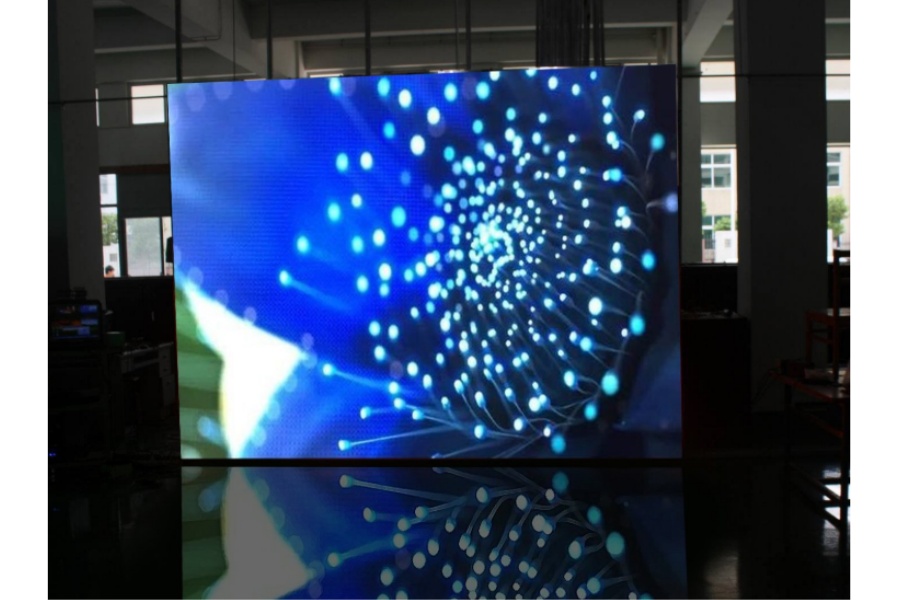
What is a Smart LED Display?
A smart LED display is a new – type display device based on LED lighting technology, integrating cutting – edge technologies such as the Internet of Things, artificial intelligence, and big data. At the hardware level, it adopts a modular splicing design, supports 4K/8K ultra – high – definition display, and is equipped with a high – performance processor and multiple types of sensors. At the software level, it integrates an intelligent control system, supports AI – generated content, remote operation and maintenance, and multi – device linkage. Through high – speed networks such as 5G and WiFi 6, it realizes real – time data interaction and has the ability of environmental self – adaptation adjustment and intelligent decision – making.
Core Characteristics of Smart LED Displays
It has built – in AI image algorithms that support automatic optimization of picture color and contrast to adapt to different display contents. By analyzing audience behavior through deep learning, it enables accurate advertisement placement. Some products are equipped with AR/VR integration technology, supporting 3D stereoscopic display and virtual interaction.
It supports multi – terminal remote control via mobile apps, PCs, and central control platforms. Users can modify the display content and adjust the playback strategy in real – time. It has a cluster management function that can control hundreds of screens simultaneously, realizing synchronized content updates, grouped playback, and unified fault monitoring.
It integrates sensors such as temperature and humidity sensors, brightness sensors, and human – body sensors, which can automatically adjust the screen brightness and color parameters. Combining with environmental data, it can make intelligent decisions, such as automatically switching advertisement content according to the number of people, or linking with the air – conditioning system to adjust the ambient temperature.
It uses a low – latency transmission protocol and a high – refresh – rate driver chip (≥3840Hz) to ensure smooth playback of videos and animations. It supports HDR high – dynamic display and a wide color – gamut (≥95% DCI – P3), restoring real – life color details and meeting professional – level display requirements.
It realizes local data processing through edge – computing technology, reducing dependence on the cloud. It adopts national – level data encryption transmission, is equipped with a firewall and an intrusion – detection system, ensuring content security and stable device operation.
Application Scenarios of Smart LED Displays
In places such as shopping malls and exhibition halls, smart LED displays, combined with face recognition and big – data analysis, achieve personalized advertisement pushing. They support touch – based interaction, providing services such as product inquiries and route navigation, enhancing the shopping experience of consumers and the brand – interaction efficiency.
When applied to corporate meeting rooms and lecture halls, they support functions such as wireless screen – mirroring, split – screen display, and real – time annotation, improving the efficiency of meeting collaboration. In the field of education and training, combined with interactive software, they can dynamically display teaching content and provide real – time classroom feedback.
In the construction of smart cities, smart LED displays are linked with transportation, security, and environmental monitoring systems to display urban operation data in real – time. In the community scenario, they are used to release government affairs information and community announcements, creating a digital and convenient service window.
Deployed in factory workshops and energy monitoring centers, smart LED displays convert production data and equipment status into visual charts. They support multi – data – source access and real – time early warning, assisting managers in making quick decisions and improving the intelligent level of production management.
In places such as science and technology museums and exhibition halls, smart LED displays, combined with AR/VR technology, create an immersive interactive display space. Through interaction methods such as gesture recognition and voice control, they enhance the audience’s sense of participation and the fun of the experience.
Precautions for Using Smart LED Displays
Regularly check the operating status of the display’s cooling fans and heat – dissipation modules to avoid poor heat – dissipation caused by dust accumulation. Avoid running at full load for a long time. It is recommended that the daily usage time does not exceed 16 hours to extend the service life of the device.
Keep the screen surface clean. Use special cleaning agents and soft cloths to wipe it. Avoid scratching the screen with sharp objects to prevent physical damage from affecting the display effect. Regularly check the stability of the interface connections to prevent abnormal pictures caused by poor contact.
Connect to a stable power supply strictly in accordance with the device requirements to avoid voltage fluctuations. Regularly back up the display content and system settings to prevent data loss. It is recommended to conduct a system self – inspection once a month to detect and handle potential faults in a timely manner.
Key Factors for Selecting Smart LED Displays
Intelligent Functions
Give priority to products that integrate AI algorithms and support multi – scenario mode switching. Pay attention to whether they have remote diagnosis and automatic repair functions to reduce operation and maintenance costs. Evaluate the data – processing and analysis capabilities to meet personalized application requirements.
Display Performance
Select an appropriate pixel pitch according to the use scenario (P0.9 – P3 is suitable for indoor use, and P4 – P8 is suitable for outdoor use). Ensure that the refresh rate is ≥1920Hz to avoid picture flickering. Support a resolution of 4K or above to meet the high – definition display requirements.
Hardware Configuration
Choose a high – performance processor (such as ARM A73 or above) and a large – capacity memory (≥4GB) to ensure the smooth operation of the system. Confirm the interface types (HDMI 2.1, Type – C, network interfaces, etc.) to adapt to the connection needs of diverse devices.
Network and Security
Ensure that it supports high – speed network transmission such as 5G and WiFi 6 to achieve rapid content updates. Verify the data – encryption and access – rights management functions to ensure information security. Choose products with dual – system backup to improve operational reliability.
Brand and After – sales Service
Give priority to brands with strong R & D capabilities and rich industry cases. Their product compatibility and stability are more guaranteed. Understand the after – sales response time (it is recommended to be within 24 hours), the scale of the technical support team, and the supply cycle of accessories to ensure the timeliness of service.
Cost and Expandability
Comprehensively evaluate the full – cycle costs of equipment procurement, installation and debugging, and subsequent operation and maintenance. Choose products that support modular upgrades to facilitate future functional expansion and performance improvement, reducing the equipment iteration cost.
Suppliers of Smart LED Displays
As an innovative enterprise in the field of intelligent display, KSSDISPLAY focuses on the research and development and production of smart LED displays and has an intelligent display solution with independent intellectual property rights. The products are designed with an A Io T architecture, integrating a self – developed intelligent management platform to achieve intelligent content arrangement, device health monitoring, and energy – consumption optimization. In terms of hardware, it adopts advanced technologies such as Mini LED and COB, supporting 8K ultra – high – definition display and 16 – bit color depth. The protection level can reach up to IP66, adapting to complex indoor and outdoor environments. With its customized development capabilities, full – process project services, and 7×24 – hour after – sales guarantee, KSSDISPLAY has created numerous benchmark projects for industries such as finance, education, and energy. If you need to know product details or obtain a customized solution, welcome to contact us for professional consultation and quotation services.

